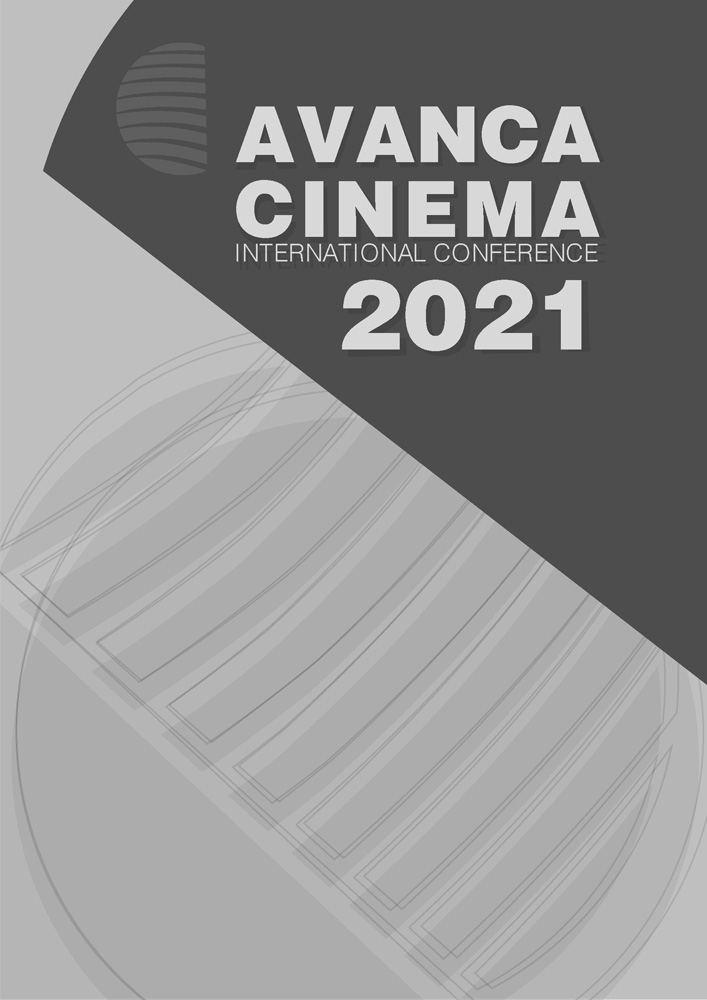Chapter V _ Guests
From screenwriting to montage, evidence to understand the evolution of audiovisual narratives
Abstract
In today’s world, image first and then sound have managed to dominate communication, consolidating a broad and complex language, this phenomenon being the genesis of individual and collective narratives; Therefore, all reflection, in this sense, will help to better understand how to advance in the creation and understand the design of audiovisual stories. Although the cinematographic narrative has been studied, there are still several questions to be resolved in relation to the content of the expanded narratives and the subtle connections between the script and the montage, therefore every effort to reveal these connections is important in order to glimpse grammatical structures, models and particularities in two stages of audiovisual production that are presented as different but that are basically complementary and equivalent. The text presents the grammatical bridges between script and montage, definitive to understand the transformations of the audiovisual story, taking as a starting point two works, Intolerance (Griffith 1916) and Napoleón (Gance 1927), different films that marked transformations in the audiovisual story and they are presented as a turning point to what we know today as complex narratives (Simons) that go beyond the regular forms of the story itself, this phenomenon being more and more vast and exciting. In summary, the text tries to answer the question, What relationship exists between script and cinematographic montage, and what impact has it had on the evolution of audiovisual narratives?

This work is licensed under a Creative Commons Attribution 4.0 International License.

